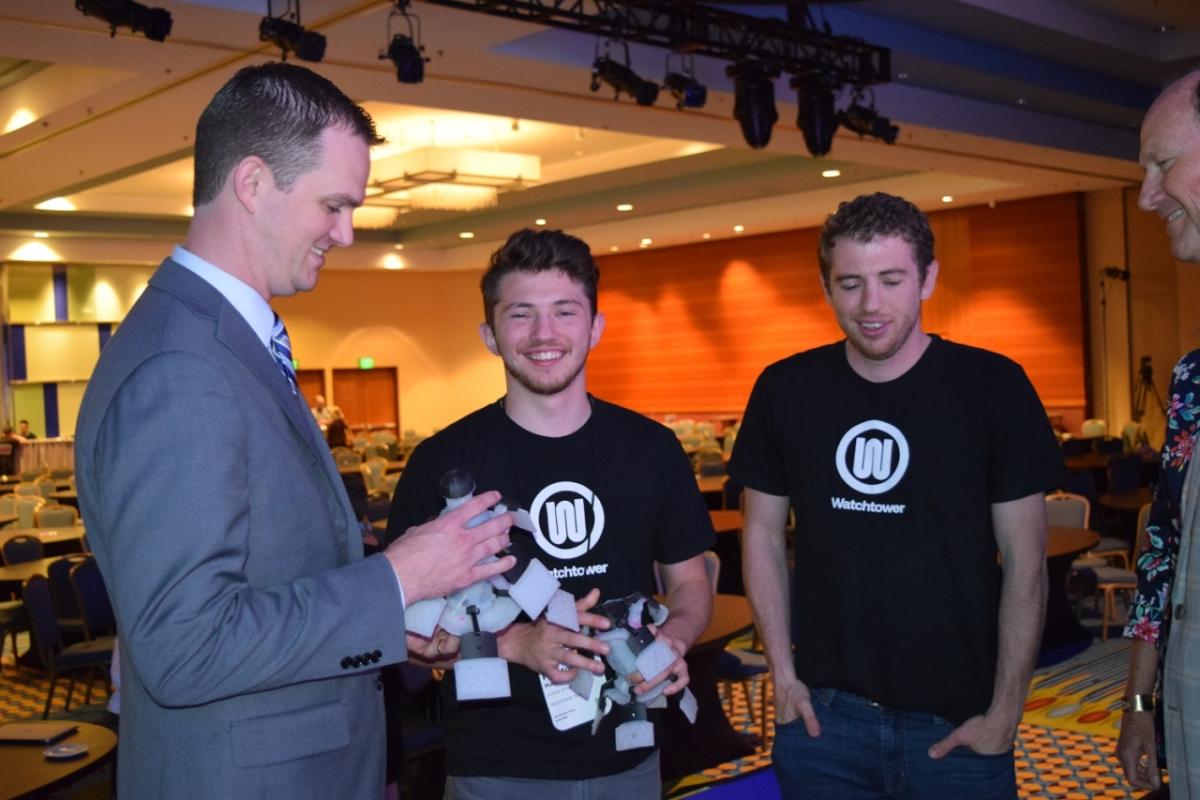Ecocentricity Blog: That's One Classy Cephalopod
By: John A. Lanier

Ecocentricity Blog: That's One Classy Cephalopod
The octopus isn’t my favorite animal, but it’s dang close. Octopi are incredibly intelligent, strong, and curious. They can solve puzzles and camouflage themselves. Plus, they carry around ink and use it as a “smoke screen” to get away from bad guys, which is awesome/cool/wicked/baller/rad/boss/groovy/righteous/neato burrito (depending on your decade/part of the country/hokeyness). Let’s take a deep dive (teehee) into the myriad tricks of which the humble octopus is capable.
Here’s an octopus figuring out how to get into a crab trap for an easy meal, and then get back out without getting caught. Here’s an octopus opening a plastic bottle to get the treat inside. Here’s the inverse of that – an octopus unscrewing a jar from the inside. Here’s an octopus escaping a boat it got stuck on through a tiny little hole. And here’s an octopus chilling in its aquarium before ATTACKING AND EATING A SHARK!
So yeah, you’d be more than justified to put octopi on your top seed line (I still reserve that for penguins though). You would also be smart to consider octopi for inspiration if you were a practicing biomimic – especially if the design question you are asking is “how would nature efficiently navigate confined aqueous spaces like the piping in municipal water systems?” That’s essentially the question that our latest winner of the Ray of Hope Prize was asking. Please meet Watchtower Robotics. They are working to develop a soft robot that can travel through municipal water systems, no matter what type of piping is used in the system. Along the way, the robot will map the system and detect any water leaks, flagging with precision where those leaks are. Client municipalities can then dig exactly where they need to in order to fix the leaks (rather than digging up whole streets in search of them). It’s a brilliant business model, with a tremendous environmental and social component. It turns out that an average of 20% of clean water globally is lost to pipe leaks and bursts! Further, as water infrastructure ages, this problem is likely to get worse over time. Learning from the octopus, Watchtower Robotics was able to increase the compression rate of their robot from 80% of its normal size to 50%, dramatically increasing its navigation capabilities inside water pipes. They also took inspiration from blind cave fish and jellyfish. I was tremendously impressed by the quality of their biomimicry, as I was by that of the other six finalist teams as well. You can take a look at their designs here, and I urge you to do so. All of the teams had the chance to go on stage at GreenBiz’s Circularity 19 conference last week in Minneapolis, as well as to share their work with conference attendees during the networking breaks. It was a great experience for us, and I hope it was a great experience for them. They are just getting started, and we can’t wait to see what this whole group of Biomimicry Launchpad finalists are able to do in the years to come! This blog is also available via email subscription.Click here to subscribe and to receive Ecocentricity automatically every Wednesday morning via email

